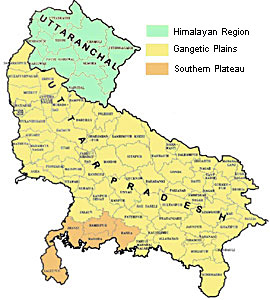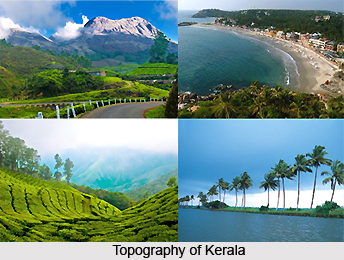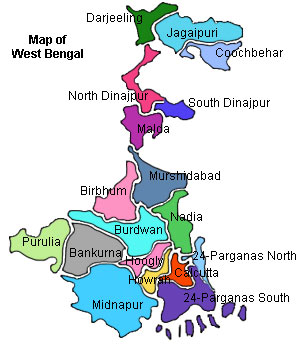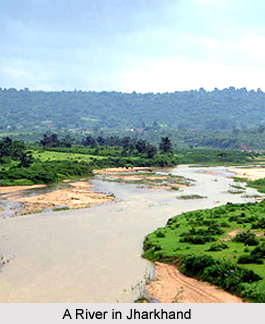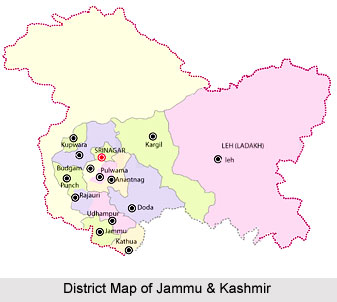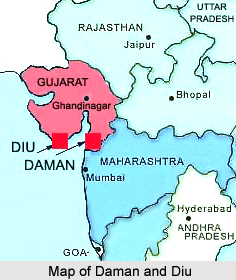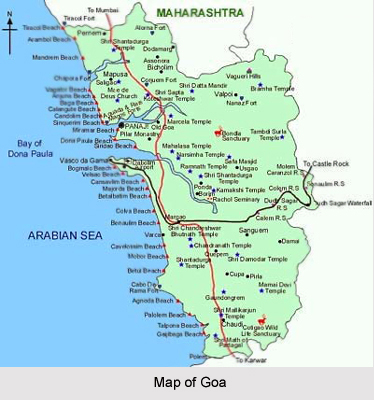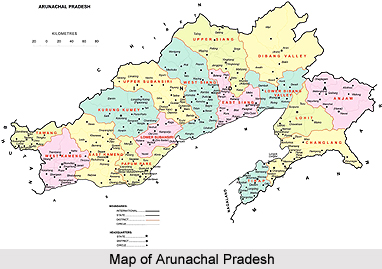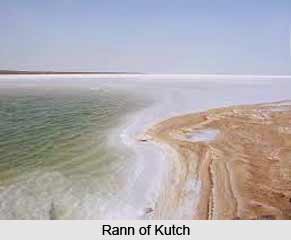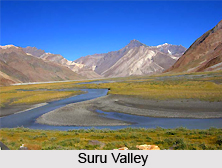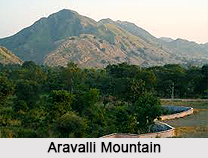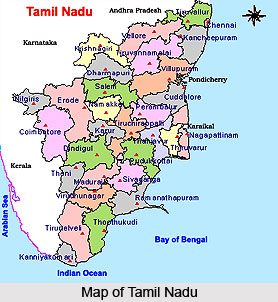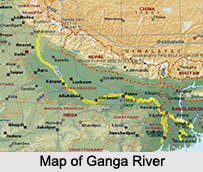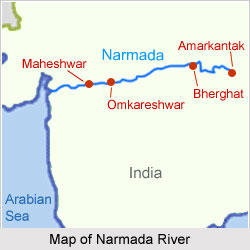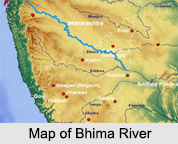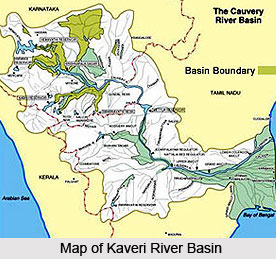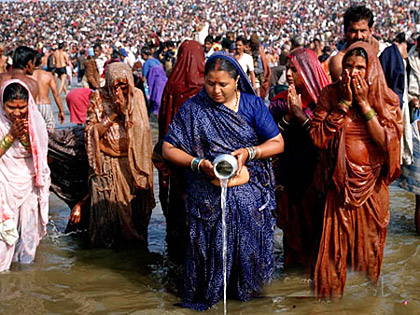 Sangam is the confluence of three holiest rivers in Hindu mythology - the Ganga, Yamuna and the legendary Saraswati. At the Sangam, the waters of the Ganges and the Yamuna can be noticeably seen to merge into one. At Allahabad, the meeting point of the rivers is believed to possess great soul cleansing power and is a major pilgrimage point. It is even more holy because of the invisible Saraswati River and is supposed to join the Ganga and Yamuna at this point.
Sangam is the confluence of three holiest rivers in Hindu mythology - the Ganga, Yamuna and the legendary Saraswati. At the Sangam, the waters of the Ganges and the Yamuna can be noticeably seen to merge into one. At Allahabad, the meeting point of the rivers is believed to possess great soul cleansing power and is a major pilgrimage point. It is even more holy because of the invisible Saraswati River and is supposed to join the Ganga and Yamuna at this point.
According to mythology, the gods and demons once tossed the oceans to recover a pitcher containing the nectar of immortality called the amrit, after which a struggle started between the two to wring control of this pitcher. It is said that during the fight, a few drops of amrit were spilled at some particular places, making them blessed and sacred. The waters at the Sangam are believed to have received the amrit too and one single dip in these holy waters during the Kumbh can cleanse and purify the soul.
Brahma mentioned this spot as Tirth Raj, or `King of Pilgrimage sites`. The holy convergence attracts pilgrims at all times, especially during the Kumbh Mela time when faithful pilgrims assemble here to offer their penances and seek blessings. It is believed that it is at the Sangam; a few drops of the nectar `Amrit Bindu` fell making its waters truly spiritual and sated with soul-cleansing powers.
